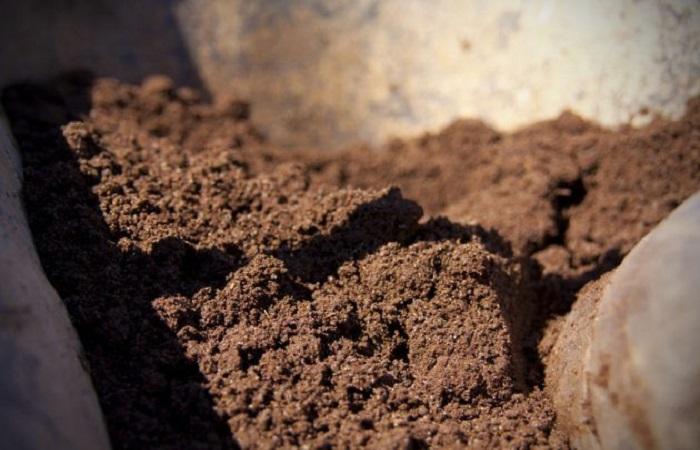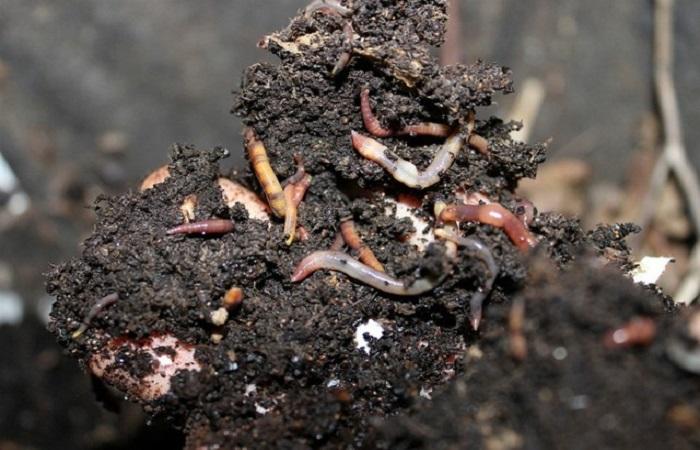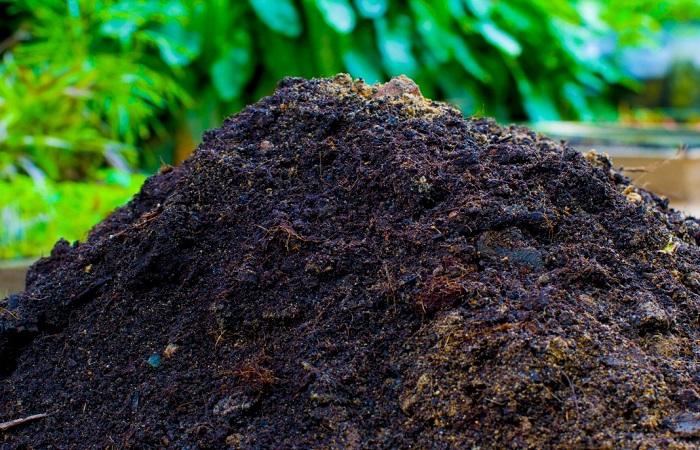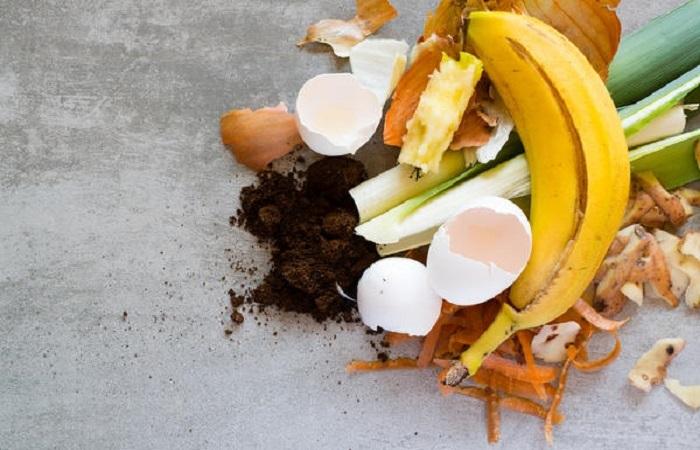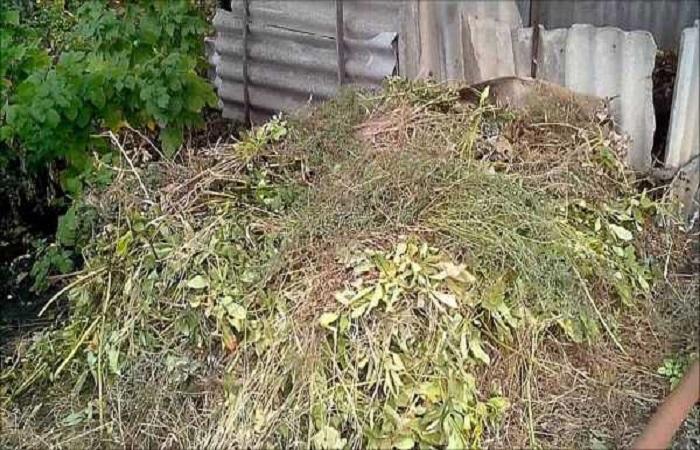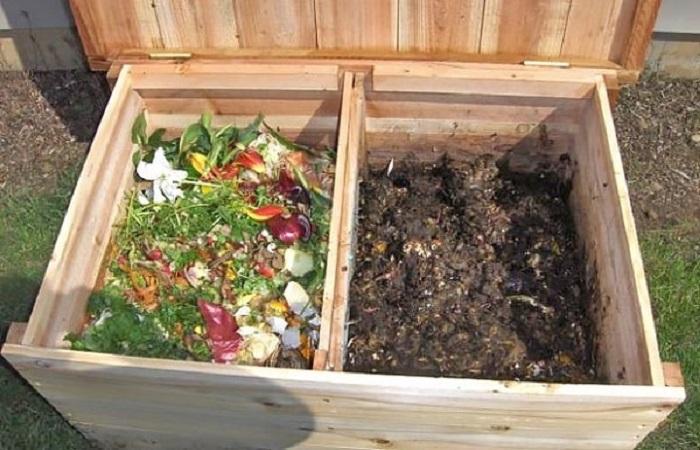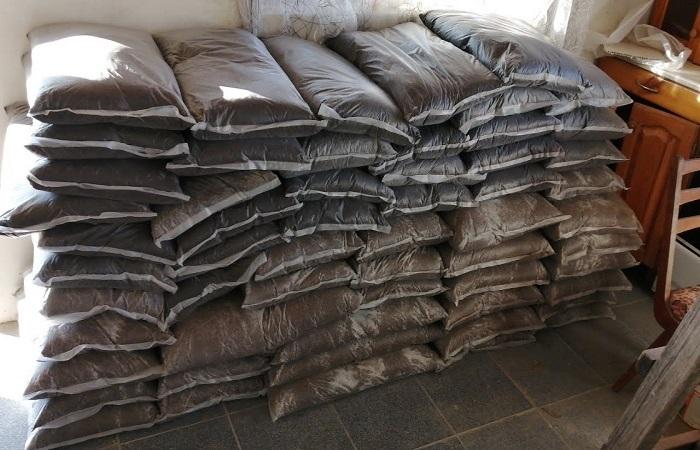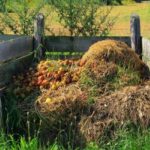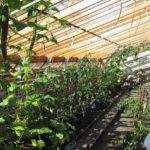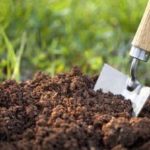Soil fertility depends on many factors, but is largely expressed in the thickness and condition of the humus layer. Let's consider the role of humus, how it is formed, and how it differs from humus. How to use it on the site and prepare it yourself, can it spoil, how to store it correctly, what precautions are there for working with humus in the garden.
What is humus and how is it formed?
This is an organic substance of a complex structure, it is formed from the remains of plant and animal origin processed by insects, worms and microorganisms. Bacteria and insects live in the top layer of soil, which is where humus is formed. The more it is in the soil, the thicker the layer, the more fertile it is.
Humus contains humic acids (nitrogen-containing substances), which give the soil a dark color. There are also salts of these acids, which include nitrogen, hydrogen, carbon and oxygen. The following humus compounds are fulvic acids - organic substances containing nitrogen; unlike humic acids, they are light in color.
The content of salts and acids varies in different types of soil. Soils with a predominance of humic acids are dark in color, while soils with a predominance of fulvic acids are yellowish.
Classification of soils according to humus content
The thickness of the humus layer is not the same on all soils. You can even tell by their color. The thickest layer of humus is found in chernozems (0.4-0.8 m), which are formed by steppe and forest-steppe vegetation.
Chestnut soils are formed by the vegetation of dry steppes, the thickness of the 3-4% humus layer is 0.15-0.25 m. The formation of humus is slower due to the smaller amount of vegetation and its residues entering the soil.
The fertile layer of brown soils does not exceed 0.1-0.15 m, the humus capacity is only 2%. Gray forest soils contain 3-8% humus and are considered more fertile than sod-podzolic and podzolic soils formed under mixed and coniferous forests. Taiga soils contain 5% humus at a depth of half a meter and 2-3% at a depth of 1 m.
Role in nature
Humic substances participate in the formation of the soil profile.The most favorable conditions for the growth and development of plants are created in the layer; substances glue soil particles into lumps, thereby improving the soil structure and its physical properties. This layer is the most nutritious; macro- and microelements are concentrated in it; due to the mineralization of the plant mass, they become available to plants. The amount of humus affects the intensity of chemical and biological processes that cause the accumulation of nutrients in the soil.
The dark color of the layer absorbs the sun's rays better, which is why the soil warms up faster in the spring. Soils rich in humus are characterized by structure, good absorption of heat, water and air, microelements remain in them longer, and under the influence of rain and melted snow they are more slowly washed into the lower layers.
Is it possible to ruin it?
The formation of humus mass and its accumulation is a slow process and takes a lot of time. But there are also factors that contribute to its destruction: digging up the soil or plowing, a small number of plants left to rot, and irregular moisture.
Differences from humus
Humus and humus are not the same thing. Humus and compost are obtained from rotted plant residues and manure. Vegetable growers often make them for their plots themselves. Humus can come from a pile of manure or tops, grass, stalks, and carrion removed from the garden. Well-rotted humus resembles black soil in appearance, it is light, homogeneous, and has an earthy smell. Humus is used as a fertilizer; plants respond well to it. Only over time can it be converted into humus when it is processed by bacteria and earthworms.
How and when to use humus
To restore soil fertility after growing plants, regular additions of maintenance nutrition are required.Under natural conditions, renewal and accumulation of the humus layer occurs constantly and naturally. Dry stems and leaves and fruits remain on the soil, which gradually rot. In the garden, this process is slowed down even more, since it is customary to remove all plant debris in the fall.
Therefore, it is necessary to add humus to the garden and garden every year, at least once a season. Gradually it will be processed into humus. Only organic matter is converted into it; mineral fertilizers are not suitable for improving the humus layer.
Self-cooking
Any vegetable grower can prepare humus. You need to collect tops from the garden, any plant debris, carrion, weeds and put them in a pile. Any vegetable and kitchen waste (except meat and fish) will fit into the compost heap. The manure of agricultural herbivores: rabbits, goats, pigs, cows, horses is also placed in the pile.
Plant residues should not contain pathogens and pests, and weeds should not contain seeds. Manure from sick individuals should not be used.
All material quickly rots, the resulting mass contains all the useful elements necessary for plants. The resulting humus over time is harmless, does not contain toxic substances, and does not harm plants, soil, insects, or animals.
The compost heap should be located in partial shade or shade, and not in an open place where the sun's rays will dry it out. In the first season, especially in summer, when it’s hot, it needs to be moistened so that the fermentation process does not stop. The humus will be completely ready in 2-3 seasons. It can be sprinkled under plants during the season or in the spring.
Based on the level of decay, humus prepared in the garden can be divided into 4 types. How to identify them:
- Fresh, which is only a few months old, is almost never used for fertilizer. The mineralization process has not yet completed; there may be fungal spores, pathogens, pest larvae, and weed seeds.
- Half-rotted, lying in a pile for at least a year. It can be used for feeding in dry or liquid form; it looks like a dark brown mass interspersed with non-rotted plant residues. It is applied under vegetables, trees, shrubs, flowers in spring, summer and autumn, and for digging.
- Rotted humus is dark in color, light and friable. In this mass, all residues, even those containing large amounts of cellulose, such as sawdust and branches, were completely decomposed. It can be used to feed any crops, including root crops, since it contains less nitrogen than unrotted mass.
- Humus that is at least 3 years old can be used as fertilizer, mulch, or an additive to the substrate. In appearance it does not differ from the earth, it has the same color, friability and smell.
Humus older than 3 years begins to lose nutrients and, accordingly, benefits for crops. Therefore, it is not worth keeping it in a heap for longer than this period.
Storage and precautions
The compost heap should be protected from drying out on hot days. Use film, pieces of roofing felt, slate. If evaporation is excessive, the pile needs to be watered from time to time and turned over with a pitchfork to allow air inside.
After moistening, make sure that mold fungi do not multiply on the surface.Good conditions for their appearance and reproduction are high humidity, insufficient ventilation and condensation on the surface of the material covering the pile. Moldy compost is not suitable for laying in garden beds.
If the humus is not all used up during the season, it needs to be prepared for winter storage. The heap or composter must be covered with a thick film, leaves, spruce branches so that it does not freeze in winter. As soon as it gets warm, open it again.
Humus or humus is completely non-toxic to humans; you can work with it without protective clothing or other means. It is enough to wear regular gardening gloves to avoid getting your hands dirty. After work, wash them with soap.
Artificially prepared humus is the most popular and accessible fertilizer for vegetable growers. It saturates the soil with nutrients, improves its structure, and makes it air- and moisture-permeable. The earth becomes softer, more airy, does not compact so quickly and does not crack, which is important in those regions where loamy and clayey soils predominate. If you add humus to the beds from year to year, after just a few seasons you can notice how the productivity of plants will increase, because they develop correctly in fertile and well-groomed soil.
Caring for your garden beds will become easier.Due to the structure of the soil, the number of loosening, digging, and watering can be reduced, and time will be freed up, which can be spent on other work on the farm. And most importantly, by adding humus you can maintain soil fertility at a high level.

